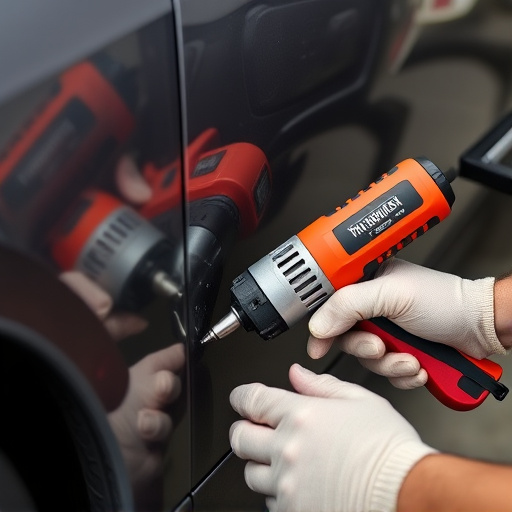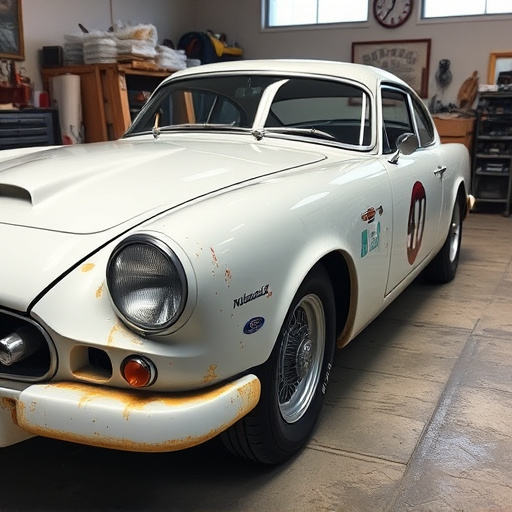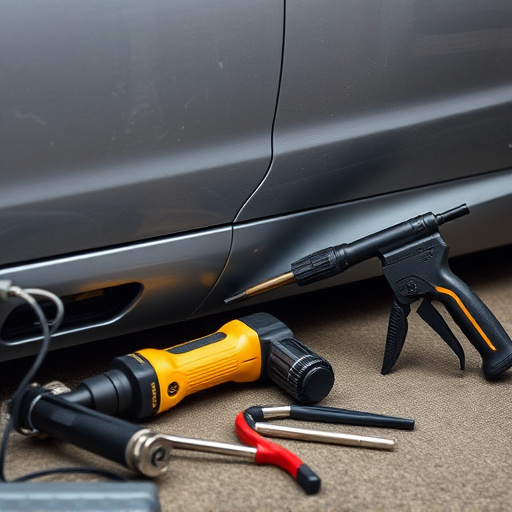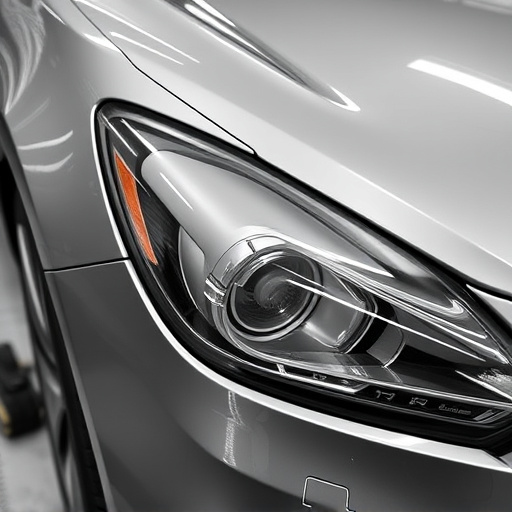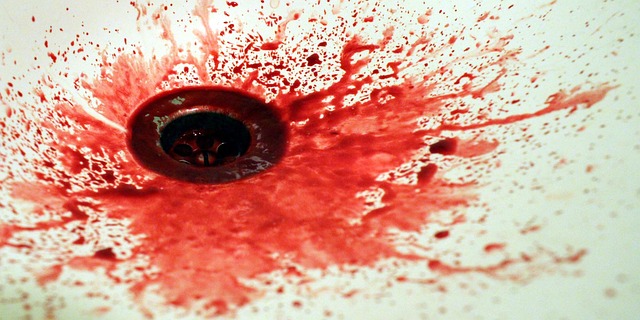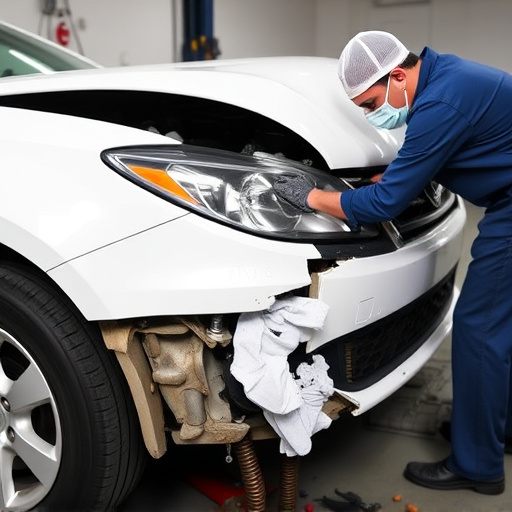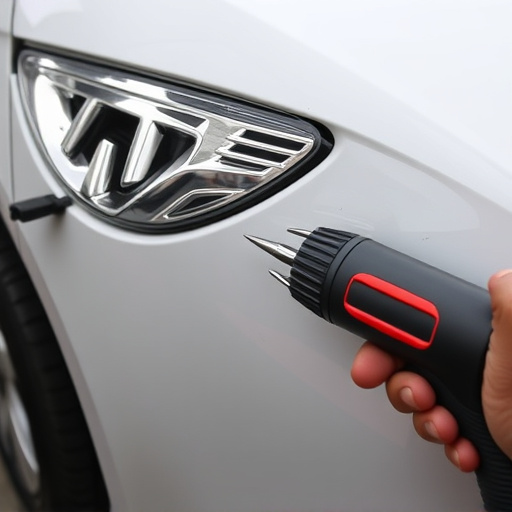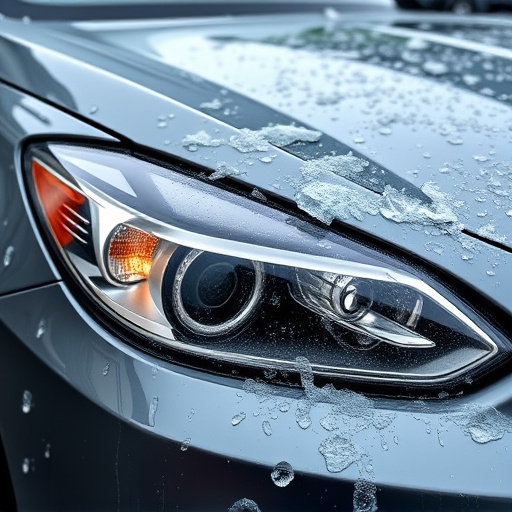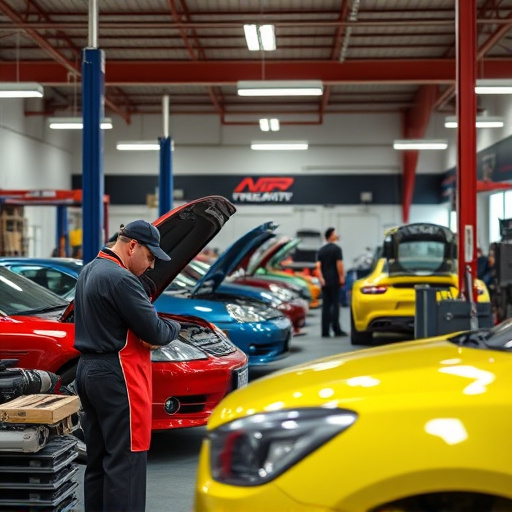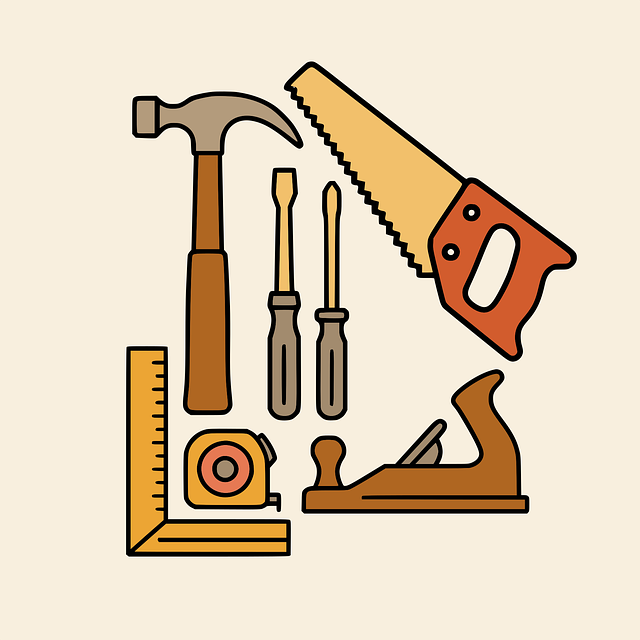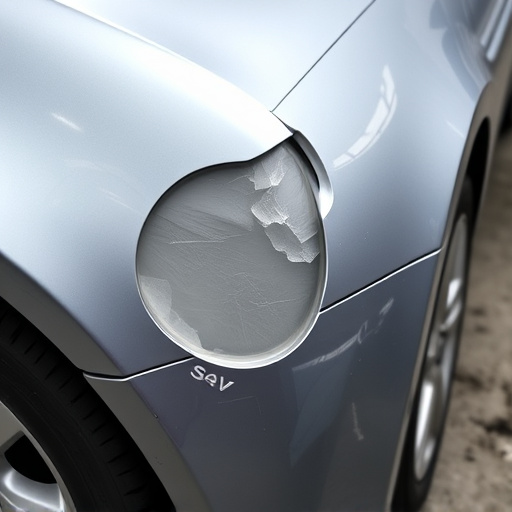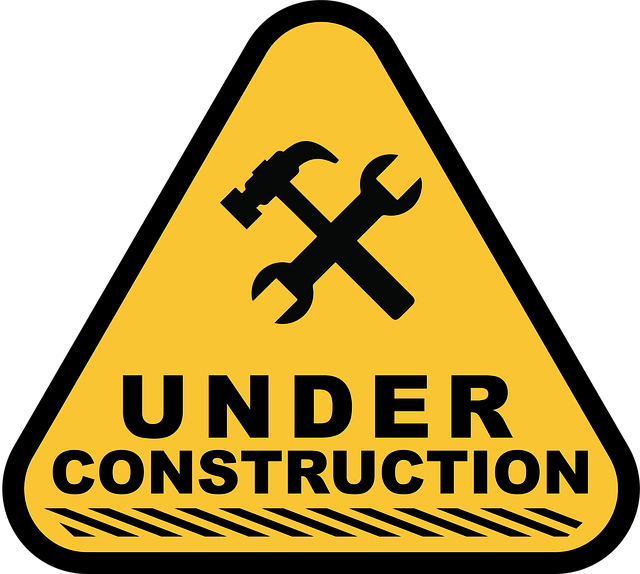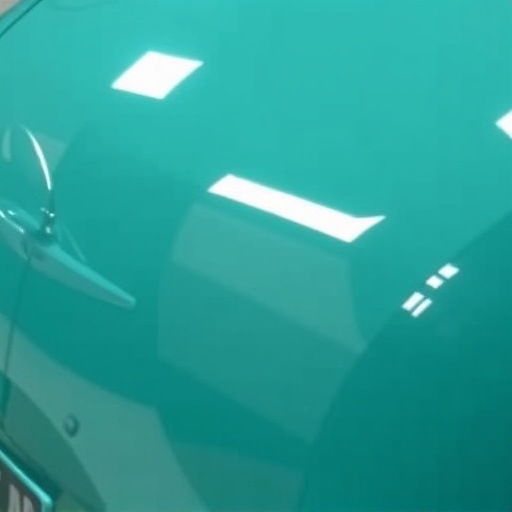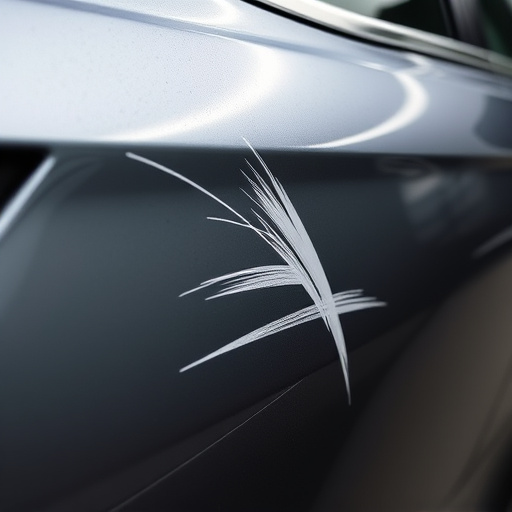To evaluate auto paint repair quality, go beyond visual appeal and assess underlying structure, preparation, and durability. Conduct a meticulous visual inspection under natural light for imperfections like uneven blending or poor adhesion. Check panel gaps, edges, and corners. Ensure proper surface preparation by verifying the absence of dust, grease, or debris. Evaluate tools and equipment used—technicians rely on advanced techniques and high-quality tools to mimic original factory finish, restoring both appearance and structural integrity.
Evaluating the quality of an auto paint repair job is crucial for ensuring a durable, professional finish. This comprehensive guide delves into the key aspects that define superior auto paint repair, from initial visual inspections to assessing preparation methods and paint application. We explore industry best practices, the role of tools and equipment, and essential quality assurance checks. By understanding these elements, you can confidently judge the craftsmanship behind any auto paint repair job.
- Understanding the Key Aspects of Auto Paint Repair Evaluation
- – Visual Inspection Techniques
- – Tools and Equipment Used
Understanding the Key Aspects of Auto Paint Repair Evaluation
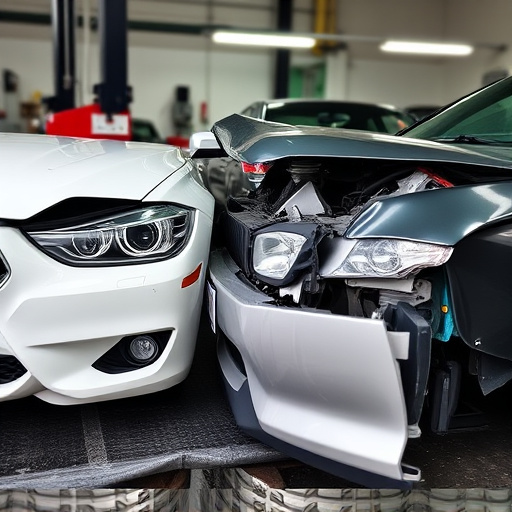
Evaluating the quality of an auto paint repair job involves a meticulous assessment of several critical factors. The first step in understanding this process is to grasp that it’s more than just visual aesthetics. While a smooth, color-matching finish is essential, the underlying structure and preparation of the damaged area are equally important. A skilled collision repair shop will ensure the affected panel is properly prepared, primed, and painted, addressing any issues like rust or surface imperfections that could compromise durability.
Moreover, considering factors such as the type of paint used, the number of coats required, and the drying time ensures a long-lasting, high-quality repair. The expertise of the technicians involved plays a significant role here. Proper techniques for blending colors, ensuring even application, and achieving a flawless finish are non-negotiable. When assessing auto paint repair work, it’s crucial to look beyond immediate visual appeal; only then can one truly gauge the excellence of the collision repair center’s craftsmanship and the longevity of its repairs.
– Visual Inspection Techniques
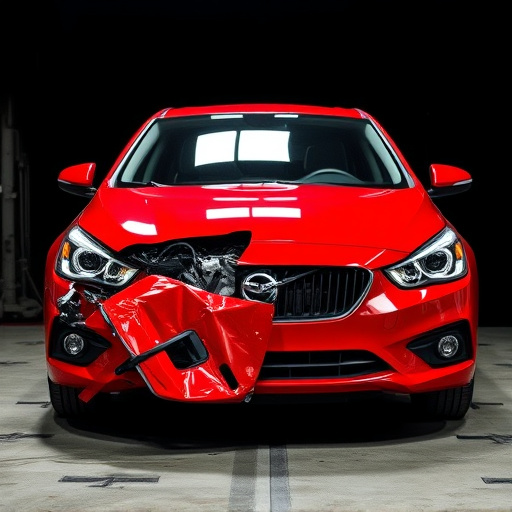
To evaluate the quality of an auto paint repair job, start by conducting a thorough visual inspection. Examine the vehicle from various angles and distances to identify any imperfections or inconsistencies in the paintwork. Look for signs of uneven blending, noticeable lap lines, or areas where the paint has not adhered properly. The paint should flow smoothly and evenly, without visible brush strokes or texture differences. Use natural light to your advantage, as it can highlight subtle issues that might be missed under artificial lighting.
Focus on key areas such as panel gaps, edges, and corners, where paint defects are more likely to occur. Check for proper surface preparation as well; the base coat should be free from dust, grease, or any remaining debris. A high-quality auto painting job will showcase a seamless fusion of new and repaired surfaces, creating an overall cohesive look. By employing these visual inspection techniques, you gain valuable insights into the skill and professionalism of the automotive body shop’s work, ensuring your vehicle receives the best possible restoration.
– Tools and Equipment Used
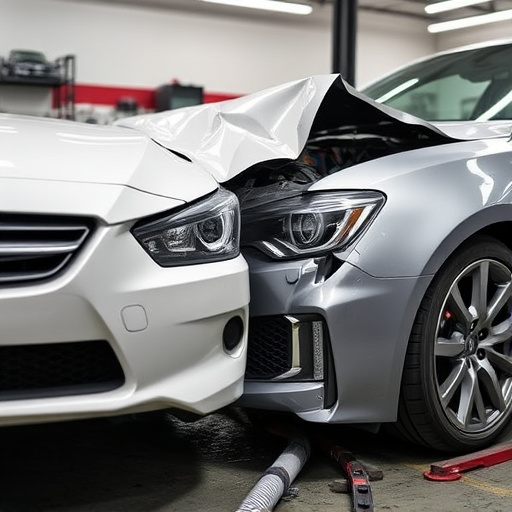
Evaluating the tools and equipment used during an auto paint repair job is a crucial step in assessing its quality. Skilled technicians rely on a comprehensive set of tools, including sanders, grinders, and specialized paints, to ensure precise and seamless results. High-quality tools are essential for achieving a smooth finish, as inferior equipment can leave behind rough edges or uneven surfaces.
The art of auto paint repair also demands precision and attention to detail. Professionals utilize advanced techniques and modern equipment, such as air compression systems and precision applicators, to mimic the original factory finish. These tools enable them to restore not just the car’s appearance but also its structural integrity, making it a testament to their skill in vehicle collision repair or car restoration endeavors.
Evaluating the quality of an auto paint repair job requires a meticulous approach, focusing on both technical proficiency and aesthetic outcomes. By employing effective visual inspection techniques and utilizing the right tools, professionals can ensure precise color matching, seamless blending, and durable finishes. These standards not only restore the vehicle’s original appearance but also enhance its overall value, demonstrating the importance of meticulous auto paint repair work.

